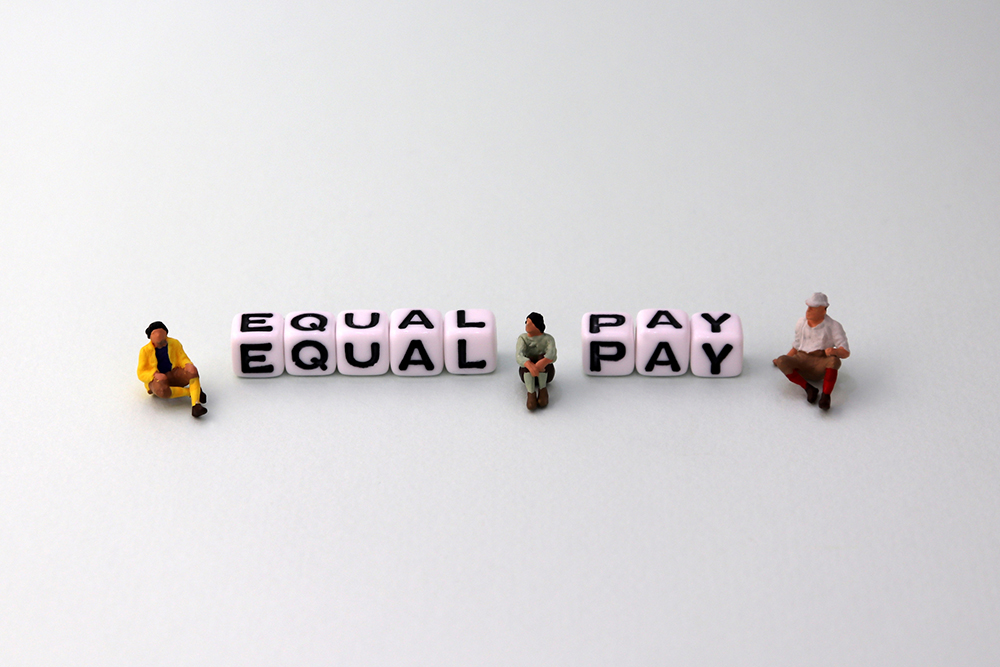One of the biggest challenges in stamping out the remaining vestiges of gender inequality in the workplace is ensuring consistency in awareness and motivation for action.
To be sure, women have made tremendous strides in workplace equality in the preceding decades; however, that success has come with a bit of a curse: the belief among some that full equality (or something near enough to it) has been achieved.
The disparity in perceptions between men and women regarding pay equity and promotion opportunities is noteworthy. A recent report by HiBob, an HR/people management platform provider, sheds light on this critical issue, revealing a stark contrast in how men and women view their chances and treatment in the workplace.
The Perception Gap Defined
A perception gap exists when one person, or group of people, perceive a given situation differently, despite the reality underlying that situation. Indeed, it’s possible for both sides of the gap to be incorrect with respect to reality. But perceptions have a power all their own.
Notably, the perceived absence of a problem almost always results in no action being taken to address that problem. Moreover, when people do believe a problem exists but don’t see their superiors taking any notice of or action on that problem, they often become disgruntled and disengaged.
So, are there any meaningful perception gaps when it comes to gender pay equity? According to the HiBob report, while 80% of men believe that men and women are promoted equally for the same roles within their company, only 61% of women share this view.
Exploring the Causes
Several factors contribute to this perception gap. Societal norms and unconscious biases have historically influenced workplace dynamics, often to the detriment of women’s career advancement. Moreover, the report highlights that men were about 50% more likely to receive a benefit increase than women in 2023, suggesting that there is truth to feelings of inequality.
Such disparities in treatment and recognition are pivotal in shaping perceptions of equity and fairness within the workplace, whether positively or negatively.
The Role of Transparency
A staggering 82% of respondents disclosed that their organization does not share salary information openly. This lack of transparency is another critical factor contributing to the perception gap.
Without clear visibility into pay structures and promotion processes, assumptions fill the void, often leading to misconceptions and mistrust. Transparency in these areas is crucial for bridging the gap, ensuring all employees have a clear understanding of where they stand and what they can aspire to achieve.
The perception gap between men and women on pay equity and promotions underscores a broader challenge in achieving true workplace equality.
By embracing transparency, actively promoting female leadership, and engaging all employees in the conversation, companies can begin to bridge this gap. It’s not merely about making adjustments within the corporate structure, but about changing the very culture that underpins it.
Lin Grensing-Pophal is a Contributing Editor at HR Daily Advisor.
The post <strong>Exploring the Perception Gap on Pay Equity and Promotions</strong> appeared first on HR Daily Advisor.
